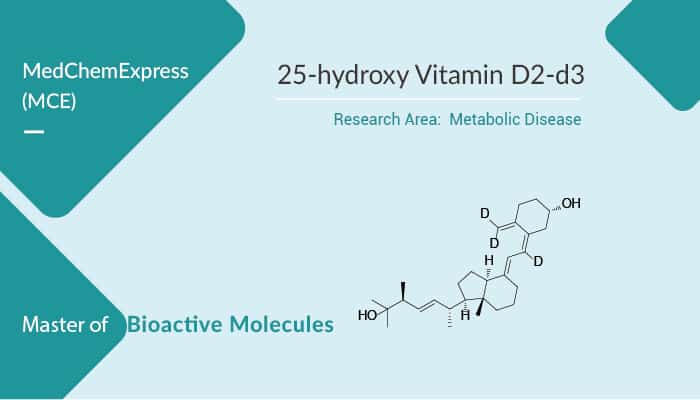Polo-like Kinases (PLKs) are a group of highly conserved serine/threonine protein kinases. PLKs play a key role in processes such as cell division and checkpoint regulation of mitosis.
Mammalian cells contain at least four members of Plk gene family, termed Plk1, Plk2 (also known as Snk), Plk3 (also known as Prk/Fnk), and Plk4 (also known as Sak). Undoubtedly, Plk1 is the most extensively studied member of the family. Since Plk1 is important for numerous aspects of mitotic progression, including centrosome maturation, proper assembly of mitotic spindle, and activation of the anaphase promoting. Interestingly enough, Downregulation of Plk1 activity results in mitotic arrest, characterized by spindle abnormalities and apoptosis.
Plk1 mRNA and protein are overexpressed in many tumor cells, including breast, ovarian, non-small cell lung, head/neck, colon, endometrial and esophageal carcinomas, and leukemias, as well as carcinogen-induced rat tumors.
Rigosertib is a multi-kinase inhibitor including Plk-1 inhibition.

Rigosertib (also known as ON-01910) is a selective and non-ATP-competitive inhibitor of PLK1 with an IC50 of 9 nM. This compound competes for the substrate-binding site of the enzyme. Rigosertib induces apoptosis by inhibition the PI3 kinase/Akt pathway.
Rigosertib exhibits very little or no toxicity in hematotoxicity, liver damage, or neurotoxicity.
Additionally, it induces mitotic arrest of a wide range of tumor cells (HeLa cells, Jurkat cells, HL-60 cells) characterized by spindle abnormalities leading to their apoptosis.
More importantly, this compound is a potent inhibitor of tumor growth in several xenograft nude mouse models as a selective anti-cancer agent.
The inhibitor shows a high degree of synergism with several chemotherapeutic agents currently used in cancer therapy, often inducing complete regression of tumors.
In conclusion, Rigosertib, as a potent PLK1 inhibitor, it exhibits anti-tumor effects in vivo and in vitro.
Reference:
Gumireddy K, et al. Cancer Cell. 2005 Mar;7(3):275-86.
Hyoda T, et al. 2015 Mar;106(3):287-93.